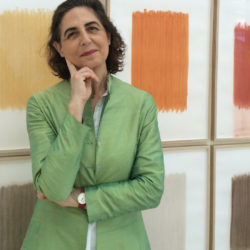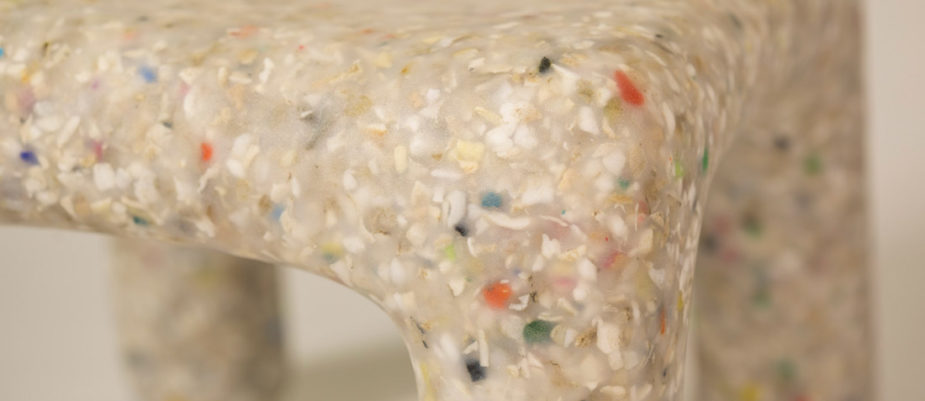
Frida Doveil, an architect with thirty years of experience in the design of materials, offers some anticipation on the topics she will talk about in the meeting
“40 years of High Touch Design. Designing beyond form, thanks to re-design strategies between emotional identity and aesthetics of sustainability.” (More info here)
organized by WOW! at the Herman Miller showroom in Milan on March 31st at 5 pm.
The event will attend the participation of Clino Trini Castelli as guest of honor. He will illustrate the concept and history of High Touch Design and Design Primario. While Bertie Van Wyk, Insight Group Herman Miller critical thinking Workplace Specialist, will talk about designing Cognitive Wellbeing in the workplace.
The logic of circularity of matter is becoming a priority and is promoting the development of biogenic materials or materials originating from waste; for this reason we can see the urgent need by the new generations of materials to assert themselves within a very new confrontation between the languages of the artificial and those of the natural.
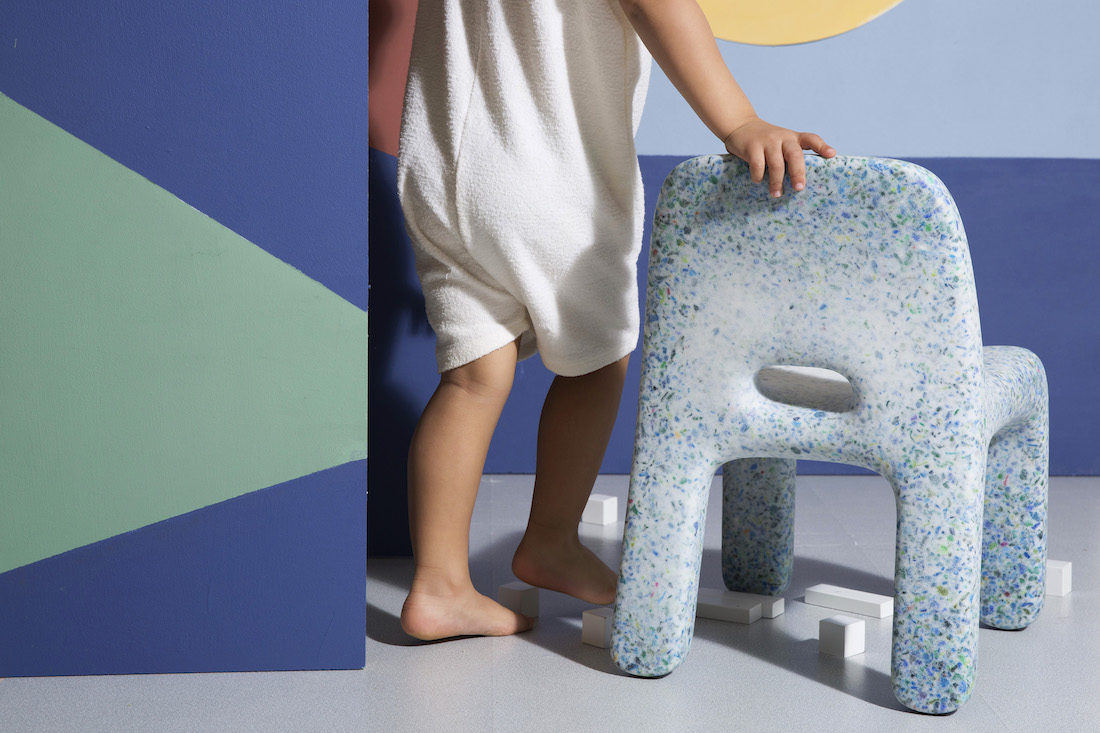
In order to assert themselves, the contribution of technology alone will no longer be enough for new materials, despite the eco-friendly materials have reached high levels of performance (for example the oxymoron of transparent wood).
Being performative will not be enough: there will be a need for a specific contribution from design, to define new aesthetics of sustainability.
Actually, only in this way it will be possible to give sustainable materials a quality destiny and the possibility of being desired, chosen and loved. Even in higher range.
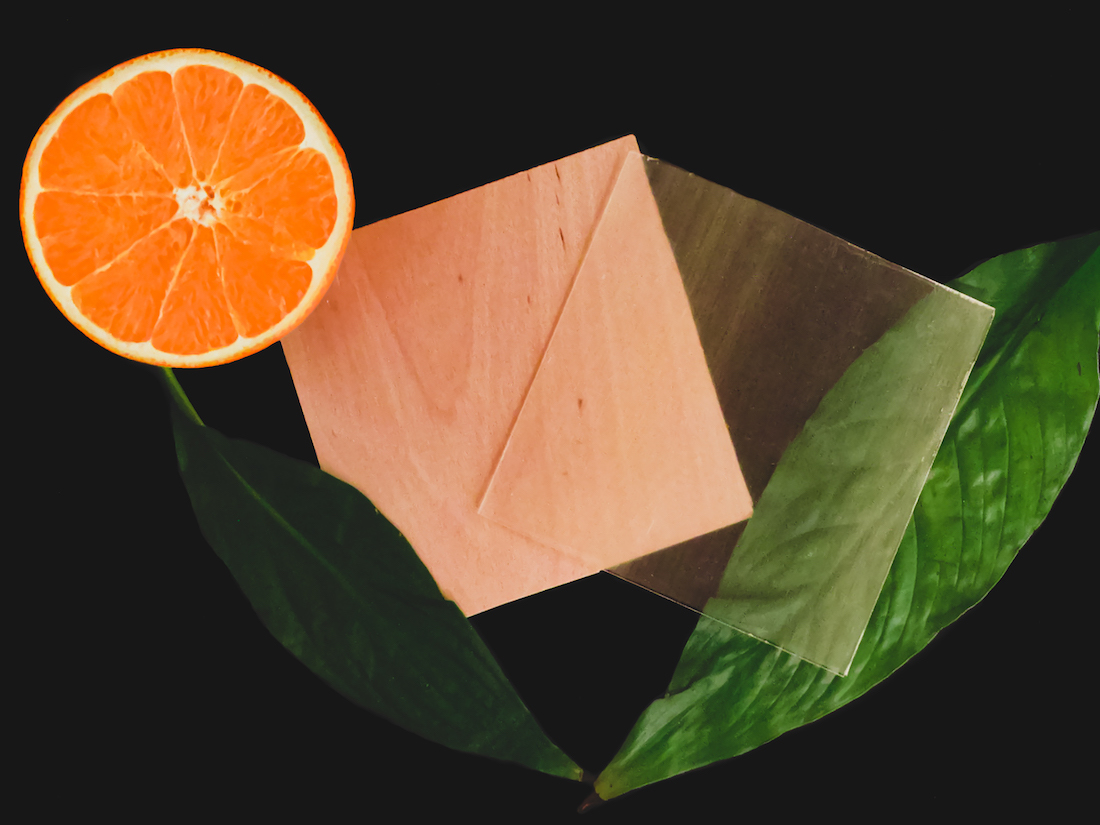
Transparent wood orange based, KTH Stockholm.
The new era of design-driven materials is grafted onto the logic of circularity, i.e. materials guided by design, designed ad hoc since their conception by designers together with teams of biologists, engineers and chemists. This has never happened before. We are only at the beginning, but it is a growing horizon.
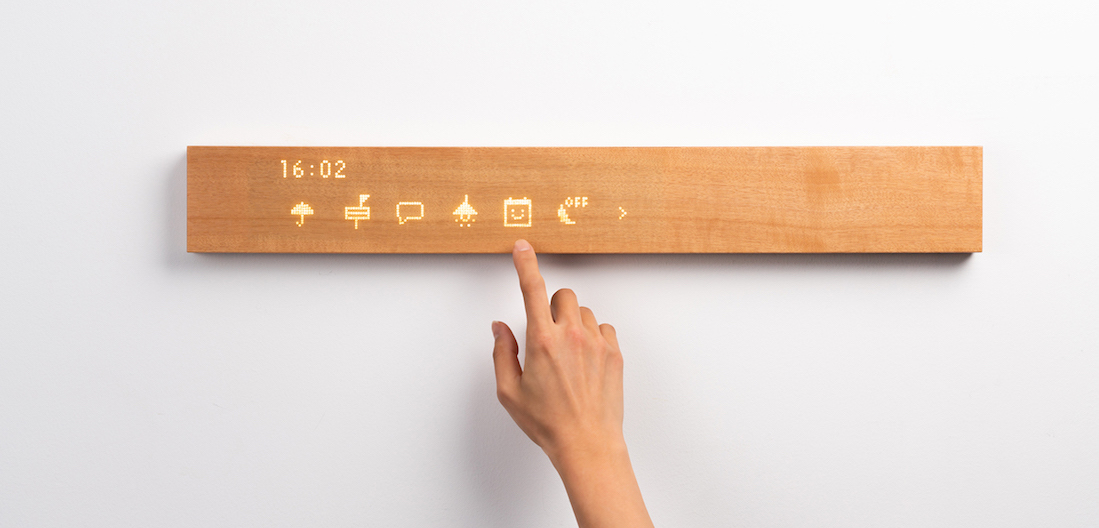
mui device, in transparent wood, for smart home control, muiLAB; Japan.
Within these new reference scenarios, we will need an aesthetic sustainability as well as an environmental and social sustainability of the materials.
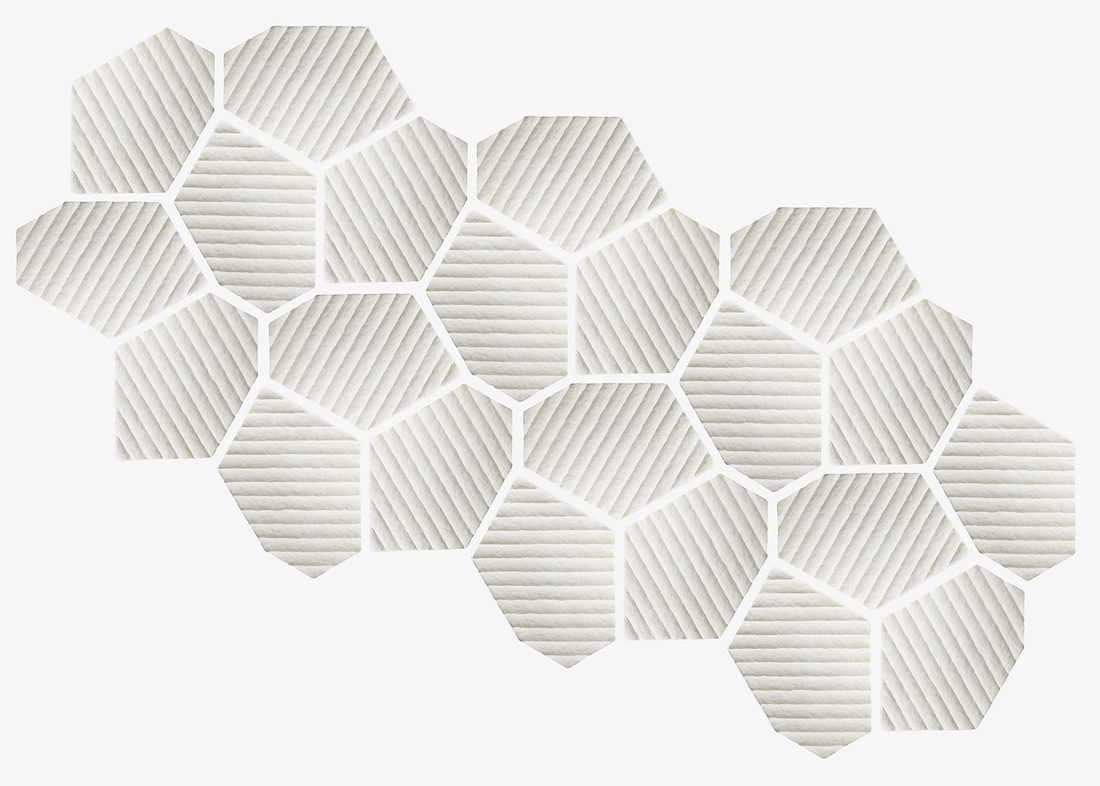
Mogu, biofabricated acoustic panels developed around mycelium technology, Italy.
The lesson of the Italian avant-garde that in the 1980s also acquires a new perspective. Thanks to that cultural revolution, the topic of the aesthetics of emotion has become a permanent research theme for design at an international level.
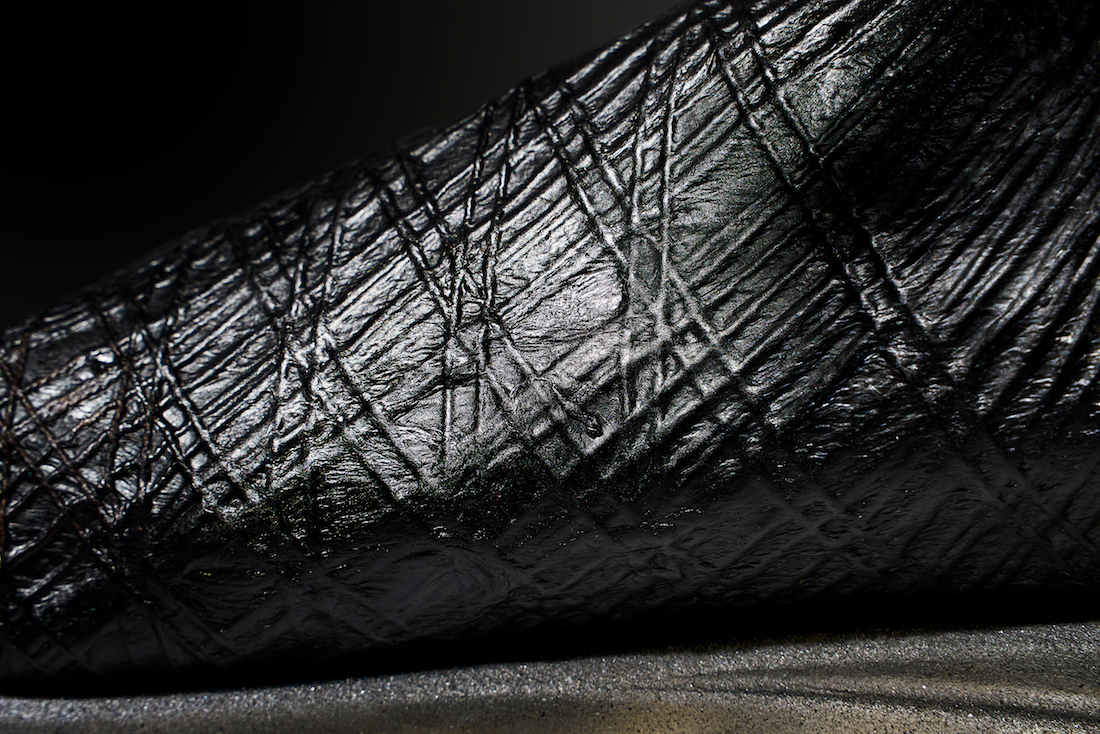
This is GMO, sneaker using genetically engineered bacteria, by biodesigner Jen Keane and synthetic biologist Marcus Walker. (Ph Ed Tritton, detail).
Text by Frida Doveil
Frida Doveil, architect and designer, has been dealing with materials and design since the late 1980s, with particular attention to environmental issues.
She has directed the materials design area at DA Research Center in Milan until the end of the 90s and continued to consult on these issues until recent years, with her own studio focused on corporate identity and design.
She teaches on these issues at the Master of Product Design at Naba, where she works with students on the aesthetics of bio-derived materials and the upcycling of traditional materials.
She is contributor to LifeGate, the Italian portal dedicated to environmental sustainability, where she deals with future of materials in relation to design.
Among her cultural initiatives, in 2013, she created the R-Riparabile? Project, which has become a site to propose repairability as a central aspect of the high quality of design objects. @frida_doveil

